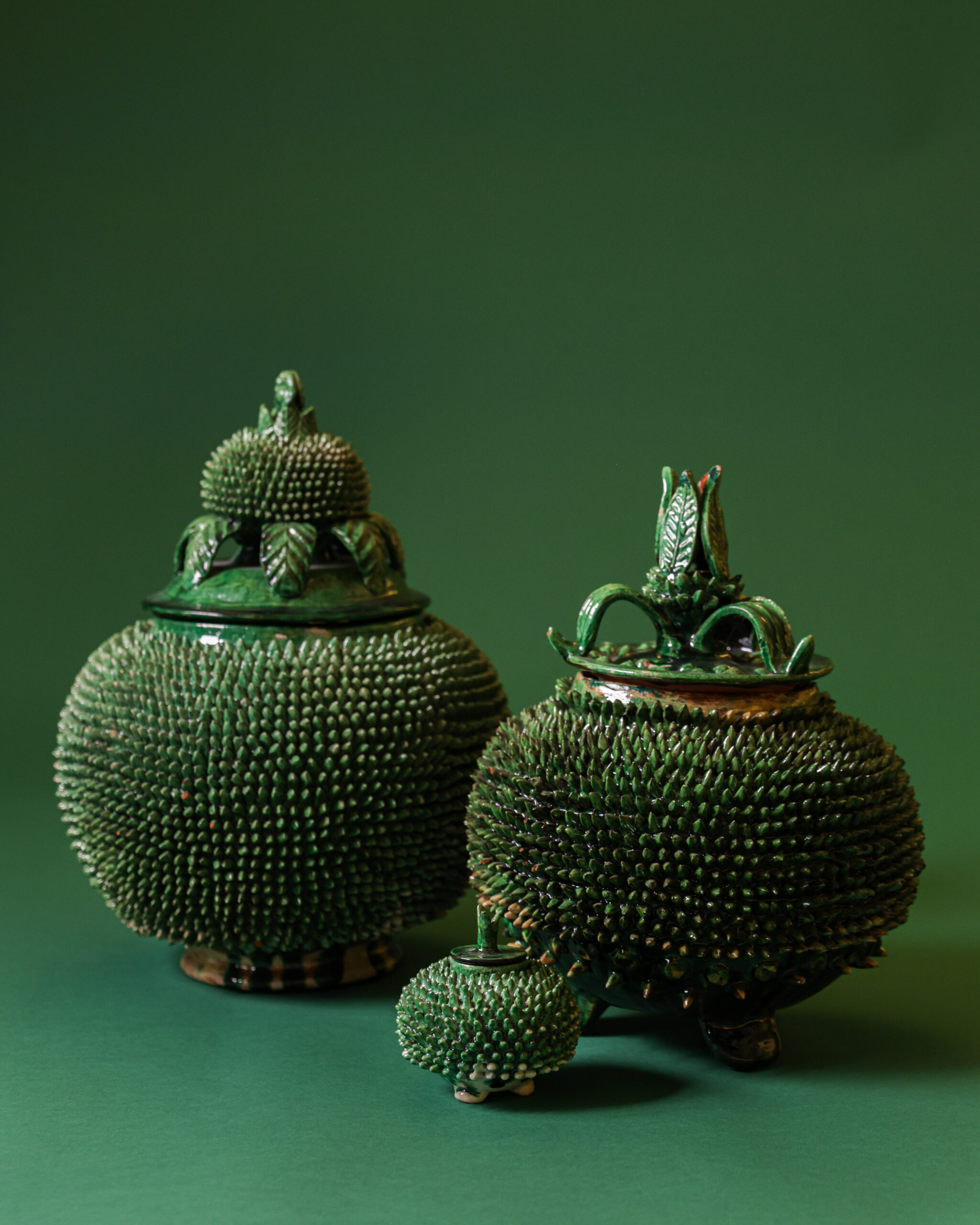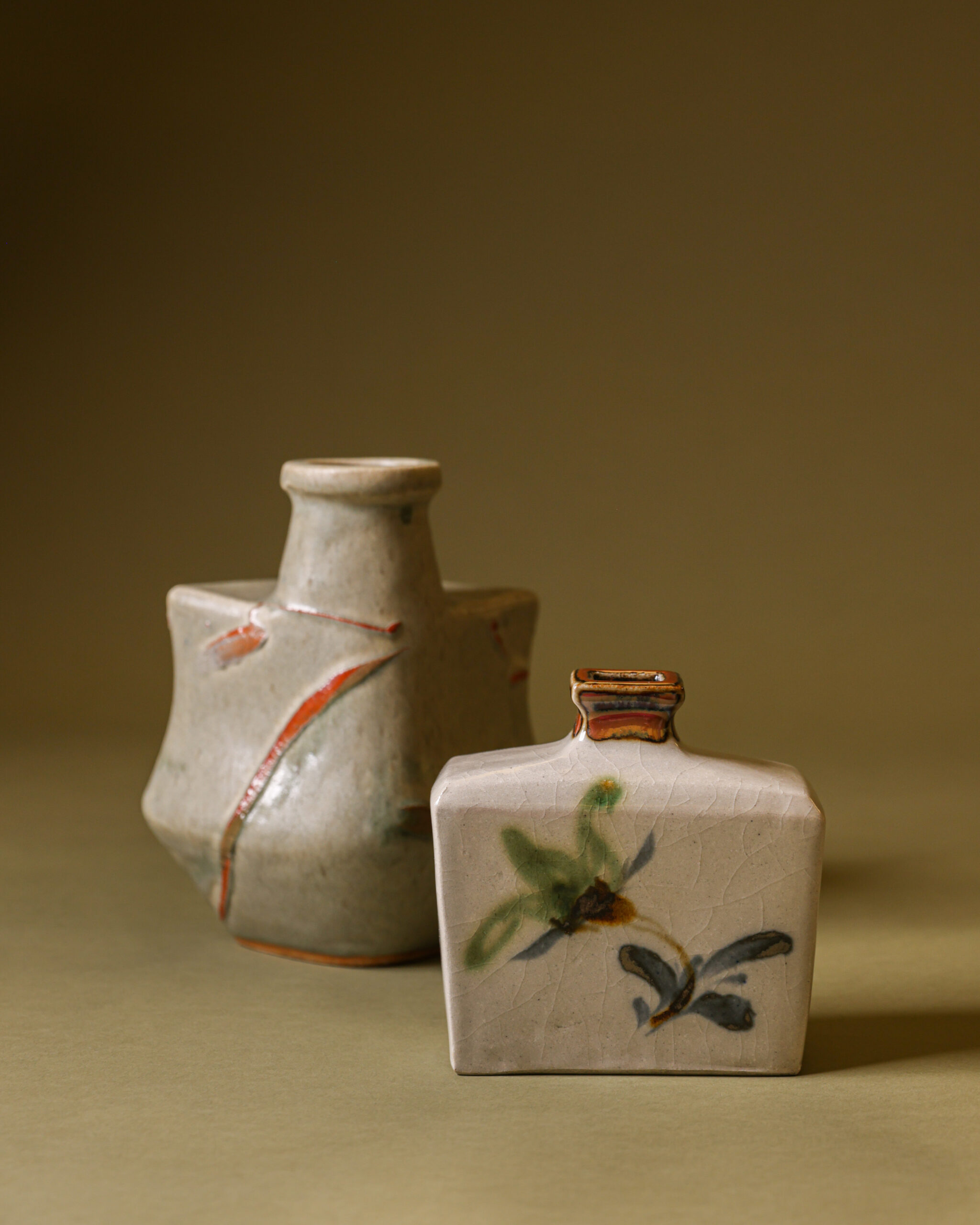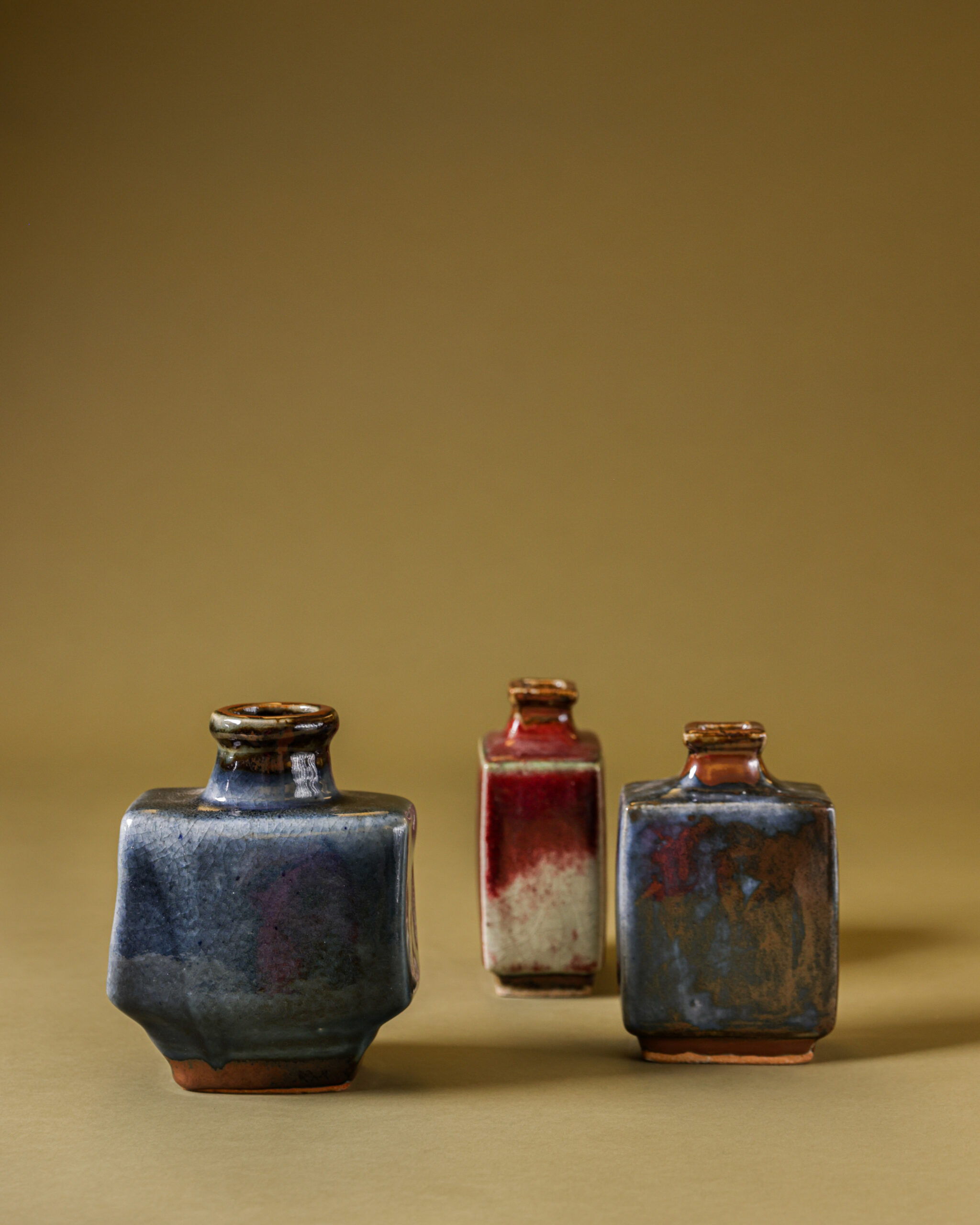Stored and meticulously cared for by a team of curators, over 160,000 objects have a home at the Museum of International Folk Art. Because not every object can be displayed, Director of Collections Kate Macuen took TABLE’s Editor-in-Chief Keith Recker and Contributing Editor Tira Howard into the vault for a day to show us some not-often-seen objects recommended by MOIFA’s curators.
Why are the objects housed and cared for at MOIFA important?
The museum’s holdings reflect the rich cultural heritage of communities across the globe and constitute the largest collection of international folk art in the world. The core collection donated by museum founder Florence Dibell Bartlett and representing 34 countries has grown to a collection of over 160,000 objects from over 100 countries. Objects in the collection hold tremendous power to generate understanding and build connections between diverse peoples and communities. We partner with artists, specialists, and stakeholders from communities of origin to showcase items from the collection in a respectful way while always seeking to educate, inform, and inspire. – Charlie Lockwood, Executive Director, MOIFA
What is the collection’s staff role in keeping these objects in good condition?
Collection staff play a crucial role in preservation of the objects within a museum’s collection. We think about preservation on multiple levels. It’s not just managing the physical preservation of objects–like how we handle and transport an object, its environmental conditions, or conservation treatments–but it is also how we provide public access, support research and scholarship, and grow source community partnerships. Long-term preservation depends on the shared stewardship of objects and their accessibility for generations to come. – Kate Macuen, Director of Collections, MOIFA
Patamban Jugs
These green ceramic jugs (above) are by artisans from the village of Patamban in Michoacán, Mexico. Patamban is renowned for its distinctive green glaze pottery. It reflects a unique blend of indigenous traditions and Spanish colonial influences. The motifs vary, with detailed crosshatching and vines as seen here to more whimsical and stylized animal and plant designs.
– Kate Macuen, Director of Collections, MOIFA
Michoacan “Pineapple” Vessels

Museum of International Folk Art, IFAF Collection, FA.1970.9.146, FA.1970.9.140, FA.1970.9.145
The celebrated pineapple pots hail from the state of Michoacán, Mexico. These beautiful pots, with their textured applique surfaces, are a fusion of art and function. Originally by Elisa Madrigal Martinez, her son, Hilario Alejo Madrigal, and his family carry on the form. They source clay locally, cleaned, ground, and sifted. After molding the clay into the elaborate pineapples, they dry it indoors and later under the sun. There is a first firing in an open kiln before applying the recognizable green glaze. Then there is a second and final firing before the pineapples are complete. As the years have passed, the pineapples have moved from utilitarian to more decorative, highlighting the exceptional skill and mastery of each artist who makes them. – Kate Macuen, Director of Collections, MOIFA
Japanese Mingei

Kawai Hirotsugu (1919-1993), Asymmetrical vase with flat fan-shape shoulder, Museum of International Folk Art, A.2005.18.19V
Kawai Takeichi (1908-1989), Molded rectangular vase with abstract floral design/Museum of International Folk Art, A.2005.3.10
MOIFA has been connected to the Japanese mingei, or “art of the people” movement since the museum’s founding. Two of the Museum’s earliest large-scale exhibitions included Folk Art of Japan in 1955, and The Word is Shibui in 1957. These exquisite objects represent the legacy of the famed potter and co-founder of the mingei art movement, Kawai Kanjirō (1890-1966). The stoneware vases possess the imperfect, handcrafted elements with rich glazes of cobalt blue and copper red. These were all prized characteristics of the movement as created by Kanjirō’s nephew Kawai Takeichi (1908-1989) and adopted son Kawai Hirotsugu (1919-1993). – Laura J. Mueller, PhD, Deputy Director, MOIFA

Kawai Hirotsugu (1919-1993), Molded rectangular vase/Museum of International Folk Art, A.2005.18.21
Kawai Takeichi (1908-1989), Molded rectangular vases/Museum of International Folk Art, A.2005.3.13 and A.2005.3.9
Visit MOIFA’s Staff Picks: Favorites from the Collection exhibition now through August 18, 2024.
For more special art works from the MOIFA vault, check out our article from Spring 2023 where Kate Macuen shows us angel and demon themed pieces from the vault.
Story by Keith Recker / Photography by Tira Howard / Special Thanks to Kate Macuen, Director of Collections, Museum of International Folk Art
Subscribe to TABLE Magazine‘s print edition.


